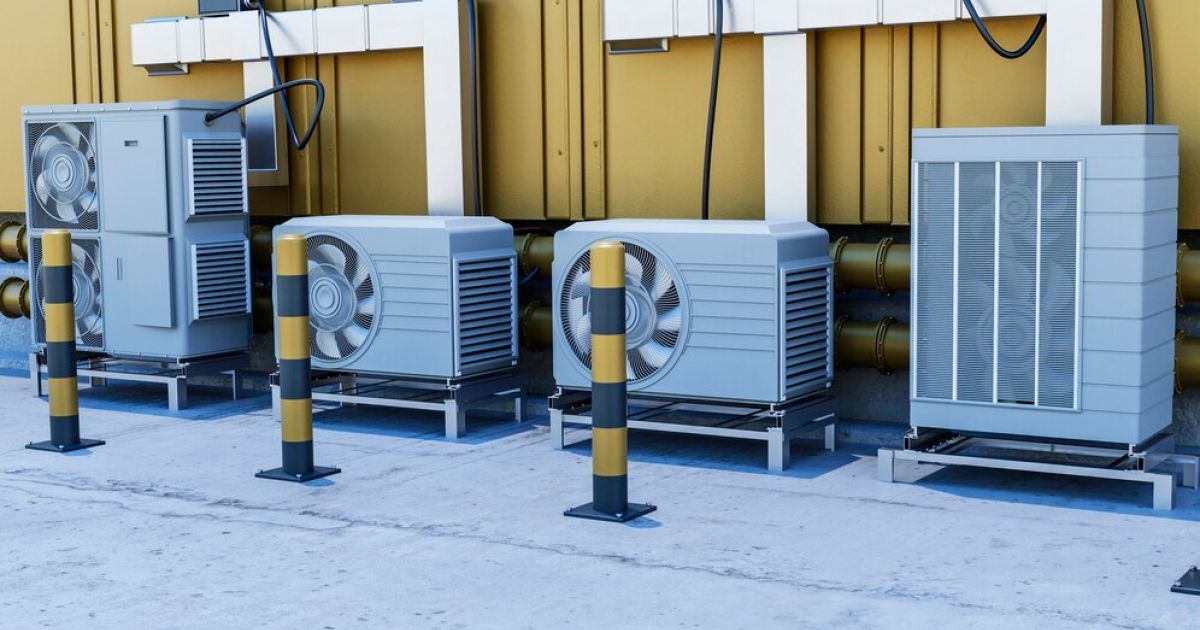Understanding the Differences Between Central and Ductless Air Conditioning Systems

When it comes to selecting an air conditioning system for your home, determining the most suitable option can be overwhelming as there are several factors to consider, such as energy efficiency, installation requirements, and budget. Two popular choices among homeowners in Florida are central air conditioning and ductless air conditioning systems. Each offers unique benefits and drawbacks, making it essential to understand the fundamental differences between the systems to evaluate which option best suits your home and cooling needs.
In this informative article, we will delve into the key attributes of central and ductless air conditioning systems, examining their respective features, installation processes, and maintenance requirements. We will also discuss the factors to consider when choosing the right air conditioning system for your Florida home, ensuring a well-informed decision and optimal home comfort.
Central Air Conditioning: An Overview
Central air conditioning systems, the most common type of AC system in American households, consist of an indoor unit (usually a furnace or air handler) and an outdoor unit (the condenser). These units work together, connected through a network of ducts that run throughout the home. The AC system draws warm air from the indoor space, cools it through an evaporator coil, and redistributes the conditioned air via the ductwork. Central air conditioning systems provide consistent cooling to all rooms of your home and can be combined with a heating system for year-round comfort.
Fact: Central air conditioning systems provide consistent, whole-home cooling through a network of ducts.
Ductless Air Conditioning: The Basics
Ductless air conditioning systems, also known as mini-split systems, consist of an outdoor unit (the condenser) and one or multiple indoor air handlers. These components are connected using a small conduit for power and refrigerant lines. Each indoor unit can be controlled independently, allowing for customized cooling in different areas or zones of your home. Ductless systems offer an energy-efficient air conditioning solution for homes without existing ductwork or those with unique architectural features that make installing ductwork challenging.
Fact: Ductless AC systems offer personalized cooling and energy efficiency without the need for ductwork.
Comparing Installation Processes and Costs
Central air conditioning systems typically require more extensive installation compared to ductless systems, particularly if your home has no pre-existing ductwork. Installing a central AC system involves creating air supply and return ducts, placing vents, and properly connecting and insulating the ductwork. This often results in higher installation costs and potential disruption to your home interior during the process.
On the other hand, ductless AC systems require a much simpler installation process. The indoor air handlers can be wall-mounted or freestanding and are connected to the outdoor unit with a minimal penetration on the exterior wall. Ductless AC systems generally have lower installation costs compared to central systems, especially in homes without existing ductwork.
Fact: Ductless AC systems typically have a simpler and less expensive installation process compared to central air conditioning systems.
Evaluating Energy Efficiency and Operating Costs
Energy efficiency is an essential consideration in determining the most suitable air conditioning system for your home. Central AC systems tend to have lower energy efficiency ratings compared to ductless systems due to potential air leaks and loss of cooling in the ductwork. However, advancements in central AC technology, such as variable-speed compressors and multi-stage cooling systems, have led to significant improvements in energy efficiency.
Ductless AC systems offer superior energy efficiency in part because they avoid the ductwork-related energy losses associated with central systems. Additionally, ductless systems use inverter-driven compressors, which adjust power usage based on cooling demand, resulting in lower overall energy consumption than their central counterparts. The energy efficiency and resulting operating cost differences between the two systems can be influential when choosing the right system for your home.
Fact: Ductless AC systems often provide higher energy efficiency and lower operating costs compared to central air conditioning systems.
Conclusion
Understanding the key differences between central and ductless air conditioning systems is crucial in making an informed decision on the right AC solution for your Florida home. By evaluating factors such as installation requirements, energy efficiency, and operating costs, you can ensure that your chosen system aligns with your home’s unique needs and comfort preferences.
Reach out to the experienced professionals at Big Bear Heating & Air for personalized advice and guidance in choosing the ideal air conditioning system for your home. Our team is committed to providing top-quality AC services tailored to your specific requirements, guaranteeing lasting comfort and satisfaction. Contact our local HVAC company today, and let us help you take the next step toward a more comfortable and efficient home cooling solution.
